
Beyond the headlines: What DOE's FERC directive really means for your project
The Department of Energy (DOE) utilized a rare provision of the DOE Act to propose that FERC assert jurisdiction over transmission-level large load interconnections (greater than 20 MW) and establish national guardrails. At this stage, this is an Advanced Notice of Proposed Rulemaking; the final rules won't emerge until late 2026 at the earliest. If adopted as proposed, utility studies for curtailable loads could be completed within 60 days, and processes would be standardized. However, utilities and states are likely to litigate over jurisdiction and cost allocation.
What just happened
On October 23, Energy Secretary Chris Wright invoked Section 403 of the DOE Organization Act to propose an Advanced Notice of Proposed Rulemaking (ANOPR) directing FERC to start a rulemaking on large load interconnections (>20 MW) and take final action by April 30, 2026. This marks only the third time this authority has been used in recent years, signaling the administration's urgency to "win the AI race" by cutting through state and utility bottlenecks that have stalled grid connections. This is the first step in what could be a lengthy regulatory process, including comment periods, potential revisions, and near-certain litigation.
The proposed regulatory earthquake
DOE argues FERC has jurisdiction when loads interconnect directly to transmission facilities. The proposal outlines 14 principles, including standardized study processes, expedited utility studies for curtailable/dispatchable loads (aiming for a 60-day completion), and 100% network upgrade cost responsibility by load. Expect fierce challenges from utilities and states over jurisdictional boundaries. Utilities could fight to preserve their gatekeeper status, leading to protracted legal battles even if FERC moves forward. The final cost allocation framework, study timelines, and jurisdictional boundaries could look different from DOE's initial proposal.
Data Center lens: speed vs. certainty trade-offs
For hyperscalers and data center developers, this proposal presents a double-edged sword that trades speed for capital exposure.
Upside: Standardization could collapse the current 3-5+ year state-by-state utility negotiations into a predictable federal framework. DOE proposes an expedited study path (asking if 60 days is feasible for curtailable/dispatchable loads), potentially revolutionary if you're willing to give grid operators dispatch rights over your facility.
Downside: While the DOE proposes 100% network upgrade responsibility for loads, it also seeks comments on crediting mechanisms, leaving the final cost allocation uncertain. And "hybrid" interconnections (co-locating with generation) now face new study requirements that utilities already view skeptically. Add to that the risk of FERC issuing restrictive colocation rules that could limit behind-the-meter arrangements or impose additional reliability requirements.
Bottom line: There will be faster queue movement, but potentially higher upfront capital exposure and regulatory uncertainty around colocation structures.
The critical challenge is validation timing. Even with expedited 60-day utility studies, developers need answers before entering the study and queue phase and paying study deposits that can reach six figures in some cases. Site selection moves swiftly, competitors are evaluating the same locations, and every week of delay means losing ground. Speed in technical validation separates winning projects from those stuck in analysis paralysis.
Renewable energy developer lens: competitive threat meets opportunity
This creates both a threat and an unprecedented opportunity for renewable developers and powered land brokers.
Threat: Large loads will now compete in the same interconnection queues as generation projects, potentially displacing renewables or forcing shared network upgrade costs. If loads receive expedited 60-day utility studies while generation languishes in multi-year cluster studies, that competitive imbalance could reshape market dynamics overnight. Renewable projects that took years to position suddenly face displacement by data center loads that can move through the queue faster.
Opportunity: But the "hybrid" facility framework flips that threat into opportunity. The ANOPR explicitly incentivizes co-location of renewables + storage with data centers. A 600 MW solar + BESS paired with a 500 MW data center that requests only 100 MW of injection rights could dramatically reduce network upgrades compared to standalone development. This creates an opportunity for new co-located development in constrained zones where transmission limitations have blocked standalone projects. Note that existing generators seeking to convert to hybrid must first complete reliability studies and any required network upgrades.
The equation is simple: massive new grid demand + curtailable loads = urgent need for dispatchable generation
This creates a resource race based on execution velocity and reliability. Strategic renewable developers packaging integrated solutions (renewables + storage + load following) must prove feasibility at data center decision speed to win. The window is narrow. Natural gas has firm capacity advantages but it also has a backlog of 36 months. The 60-day expedited path for curtailable resources unlocks a major opportunity for renewables, enabling them to compete directly with gas by demonstrating accelerated construction timelines and comparable reliability.
The bottom line: speed is imperative
While the final form of these regulatory reforms is not yet set and could take years to implement, site selection operates in months. Even if utilities eventually offer 60-day studies for curtailable loads, developers need answers before paying study fees and deposits that can reach six figures. This timing mismatch creates an asymmetric advantage: developers who can independently validate interconnection feasibility can move at deal velocity, while competitors wait for regulatory clarity.
The core bottleneck isn't policy; it's the speed of technical validation. Data center developers need interconnection answers in days, not months, to commit capital to sites. Renewable developers need to prove hybrid configurations work before data centers select other firm load partners. Both need validation measured in days, not months.
Until now, power flow studies conducted by consultants and internal teams have taken an average of 3 months to complete. Paces recently launched our Power Flow Studies, which deliver the same standard and utilize utility-grade methodology, but are completed in under 3 weeks in most regions. This enables developers to screen sites, quantify network upgrades, and make go/no-go decisions faster.
This regulatory shift creates massive new grid demand that will be met by either renewables or gas, depending on which can demonstrate speed and reliability first. The speed of technical validation will determine which developers capture the AI infrastructure opportunity.
More articles

The future of due diligence: AI-accelerated, Modular Reports

The future of due diligence: AI-accelerated, Modular Reports



Faster development starts with better intelligence: Inside Paces Automated Reports

Faster development starts with better intelligence: Inside Paces Automated Reports



Beyond the headlines: What DOE's FERC directive really means for your project

Beyond the headlines: What DOE's FERC directive really means for your project



The One-Person, Billion-Dollar Power Development Company

The One-Person, Billion-Dollar Power Development Company


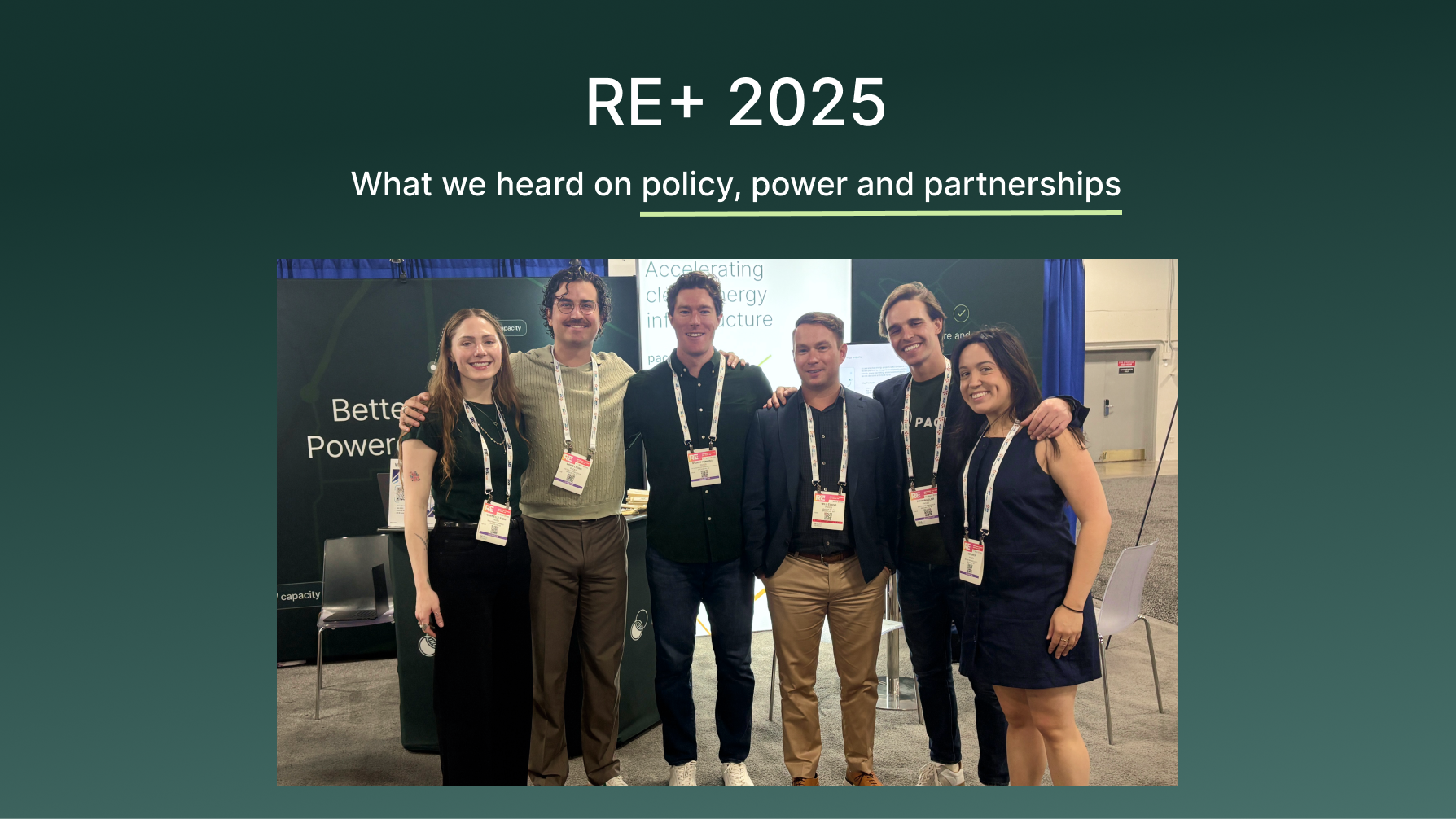
RE+ 2025: What we heard on policy, power, and partnerships

RE+ 2025: What we heard on policy, power, and partnerships



Do Not Wait and See: A 30-Month Sprint Playbook after OBBBA

Do Not Wait and See: A 30-Month Sprint Playbook after OBBBA



From puzzle to pipeline: how a unified workflow transforms development

From puzzle to pipeline: how a unified workflow transforms development


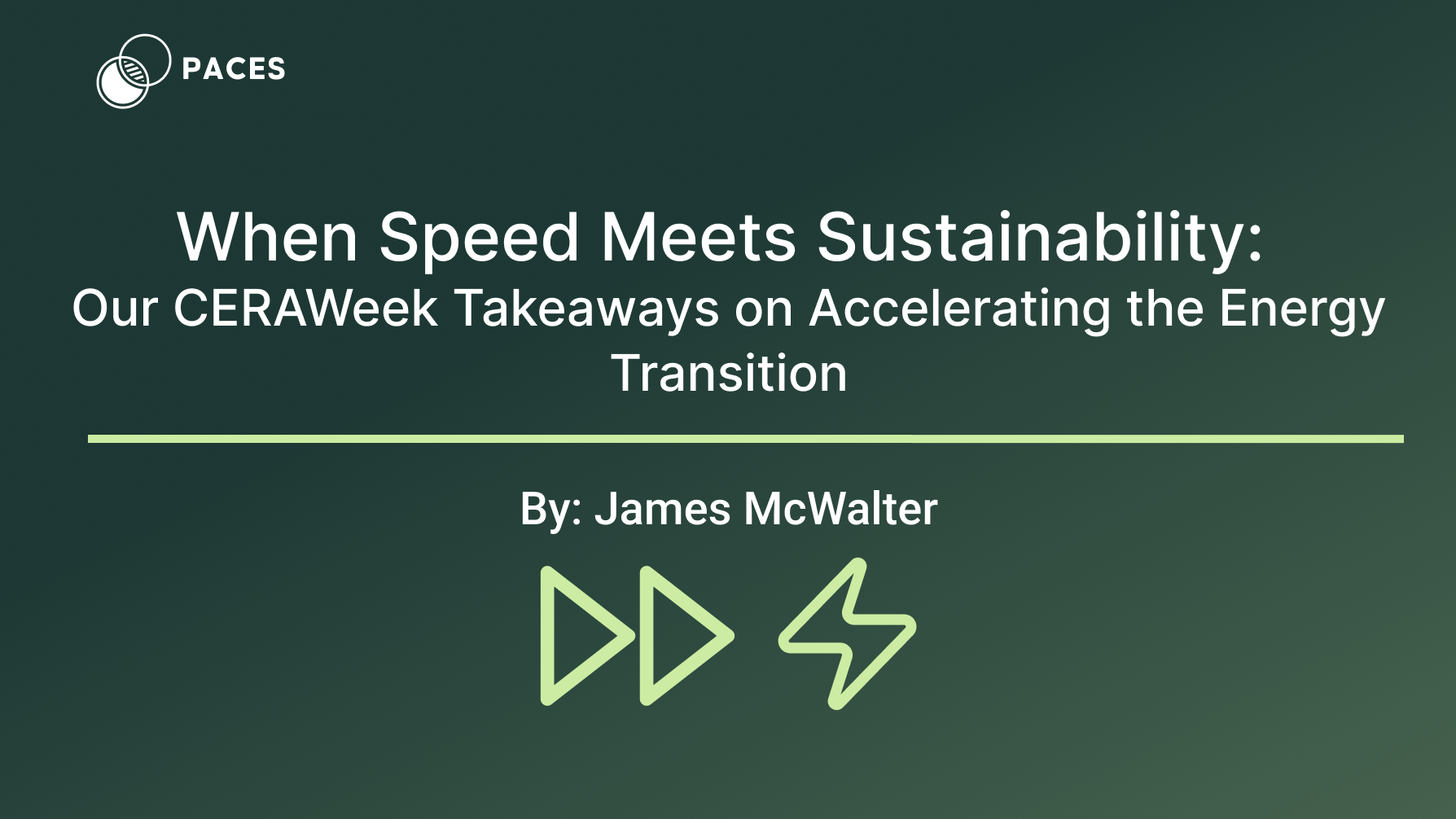
When Speed Meets Sustainability: Our CERAWeek Takeaways on Accelerating the Energy Transition

When Speed Meets Sustainability: Our CERAWeek Takeaways on Accelerating the Energy Transition



Introducing the Accelerated Development Framework

Introducing the Accelerated Development Framework



A Look Back and the Road Ahead for 2025

A Look Back and the Road Ahead for 2025



The Critical Role of Clean Energy in the AI Revolution

The Critical Role of Clean Energy in the AI Revolution


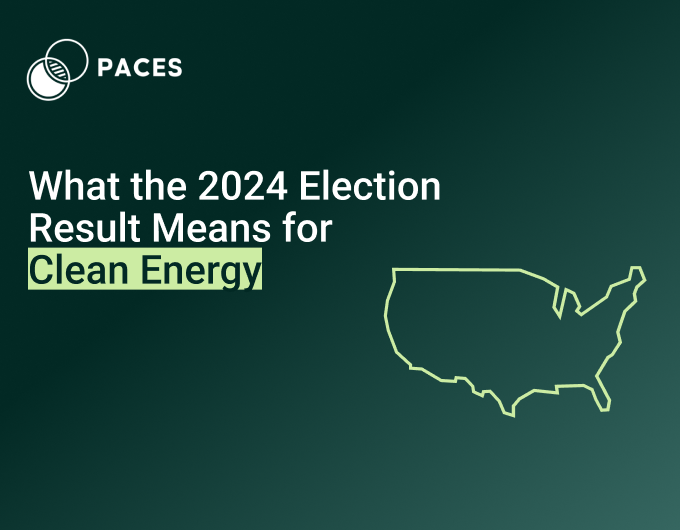
Paces's Take: What the 2024 Election Result Means for Clean Energy

Paces's Take: What the 2024 Election Result Means for Clean Energy



Why We Built the Environmental Reports: Saving Time, Reducing Effort, and Empowering Teams

Why We Built the Environmental Reports: Saving Time, Reducing Effort, and Empowering Teams


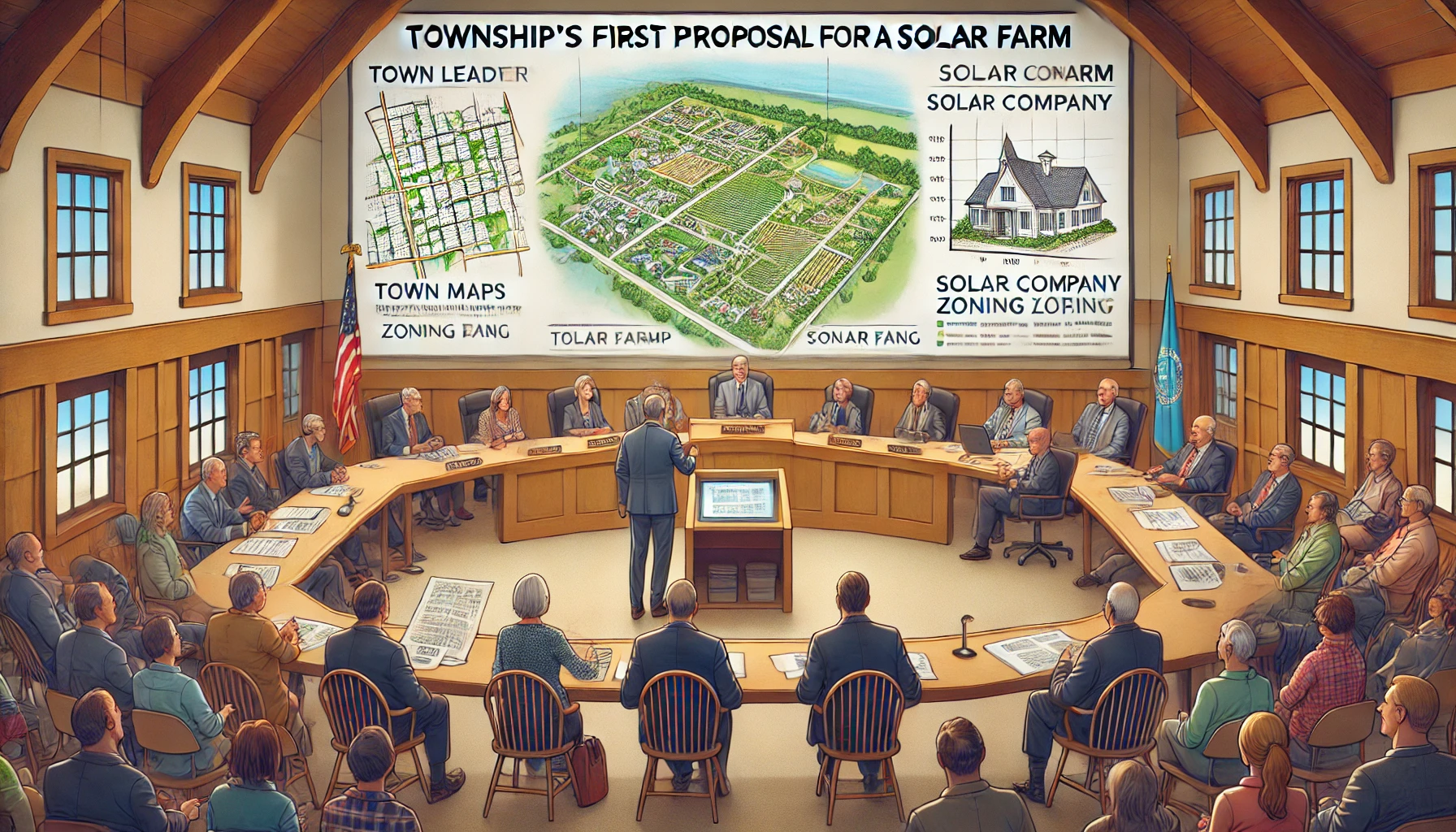
Solar Energy Adoption in NY vs. PA

Solar Energy Adoption in NY vs. PA



Siting the Needle in a Haystack: Solar Permitting in Glenn County, CA

Siting the Needle in a Haystack: Solar Permitting in Glenn County, CA



10 GW by 2030: Sizing the New York Community Solar Market from the Local Ordinance Up

10 GW by 2030: Sizing the New York Community Solar Market from the Local Ordinance Up


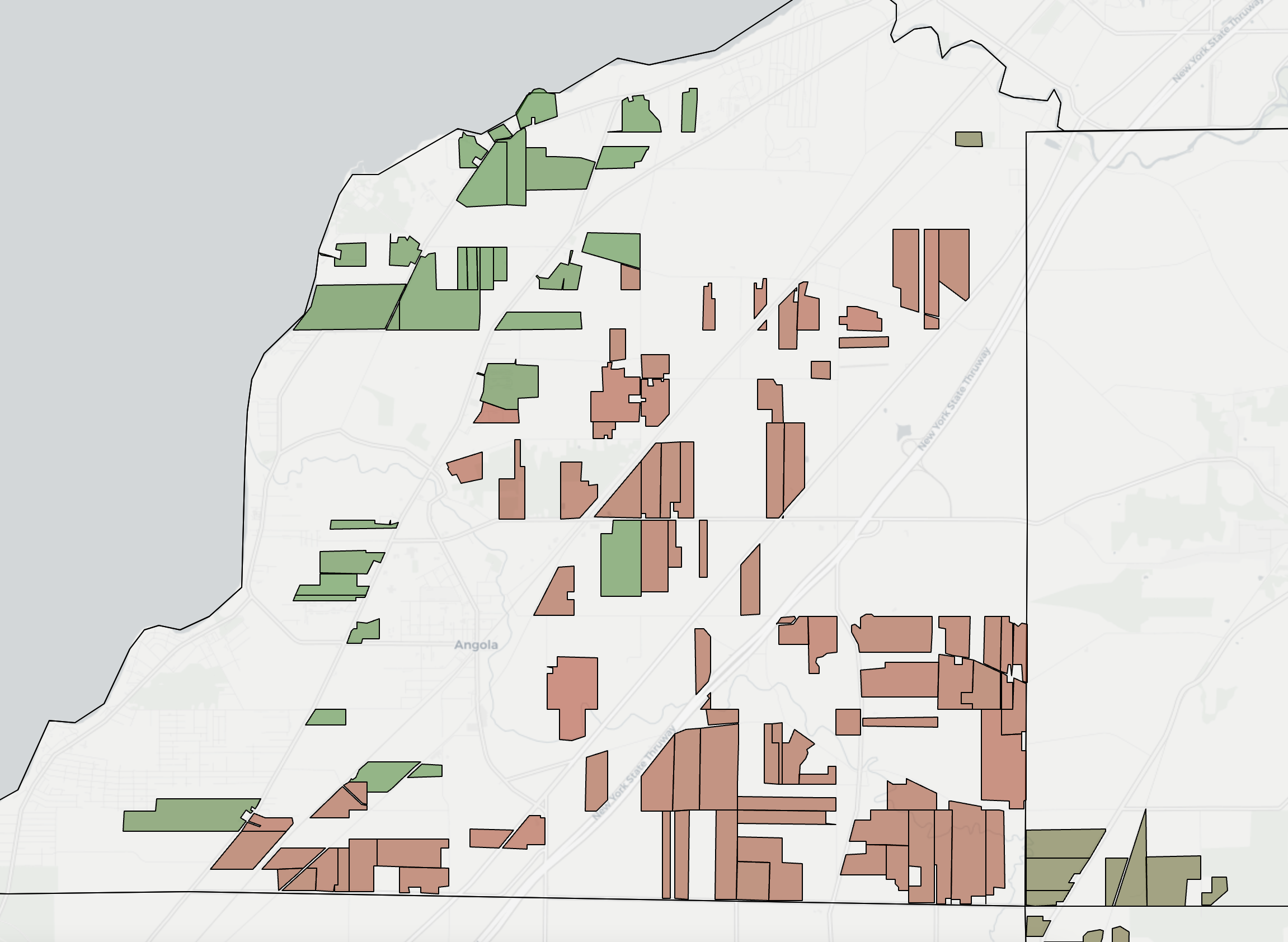
Quantifying Solar Permitting Risk with Large Language Models

Quantifying Solar Permitting Risk with Large Language Models



From Brownfields to Brightfields

From Brownfields to Brightfields



From Sheep Farms to Solar Farms

From Sheep Farms to Solar Farms


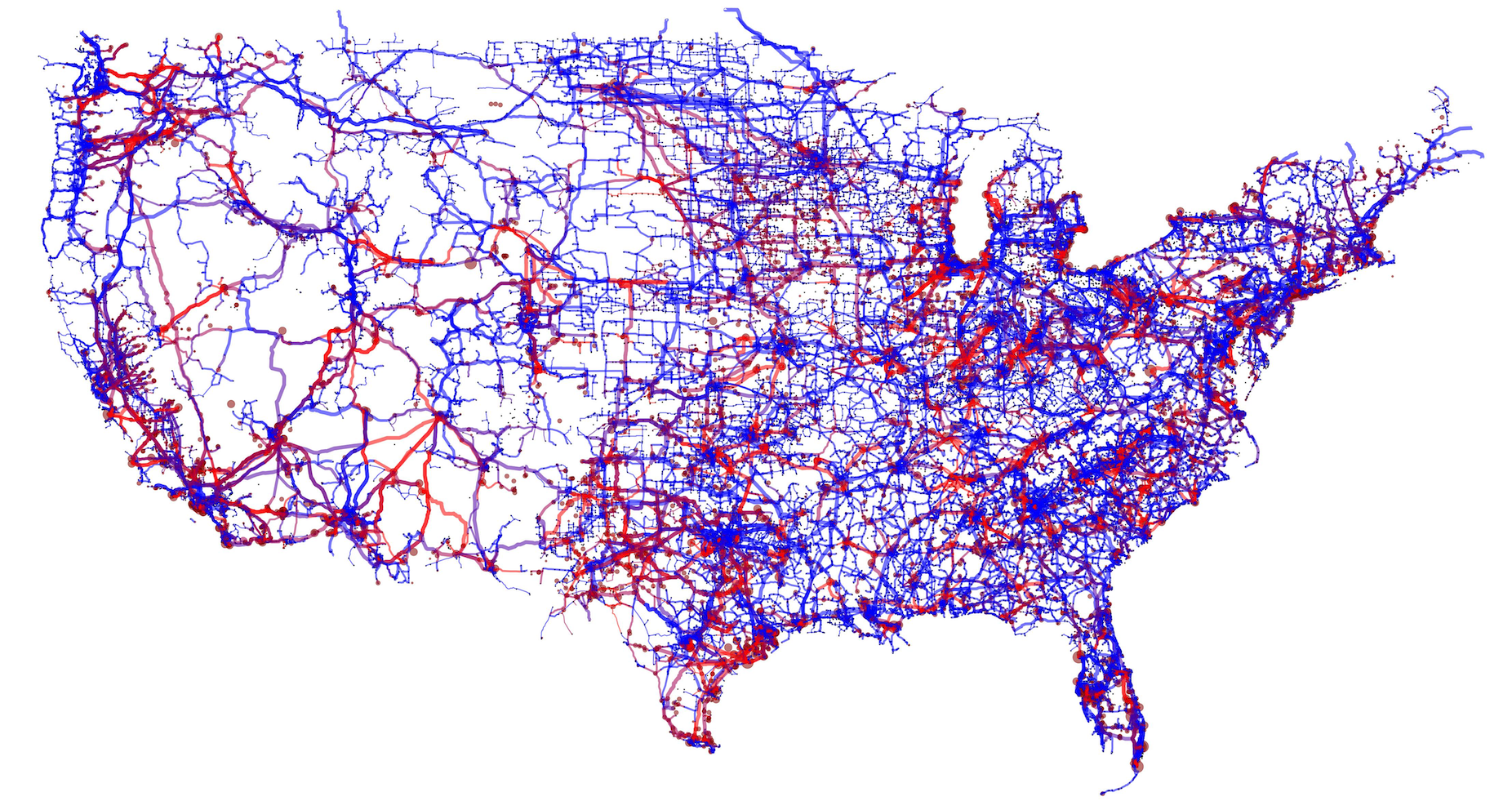
Evolution at the Edge: Renewables and the Spatial Configuration of the Grid

Evolution at the Edge: Renewables and the Spatial Configuration of the Grid


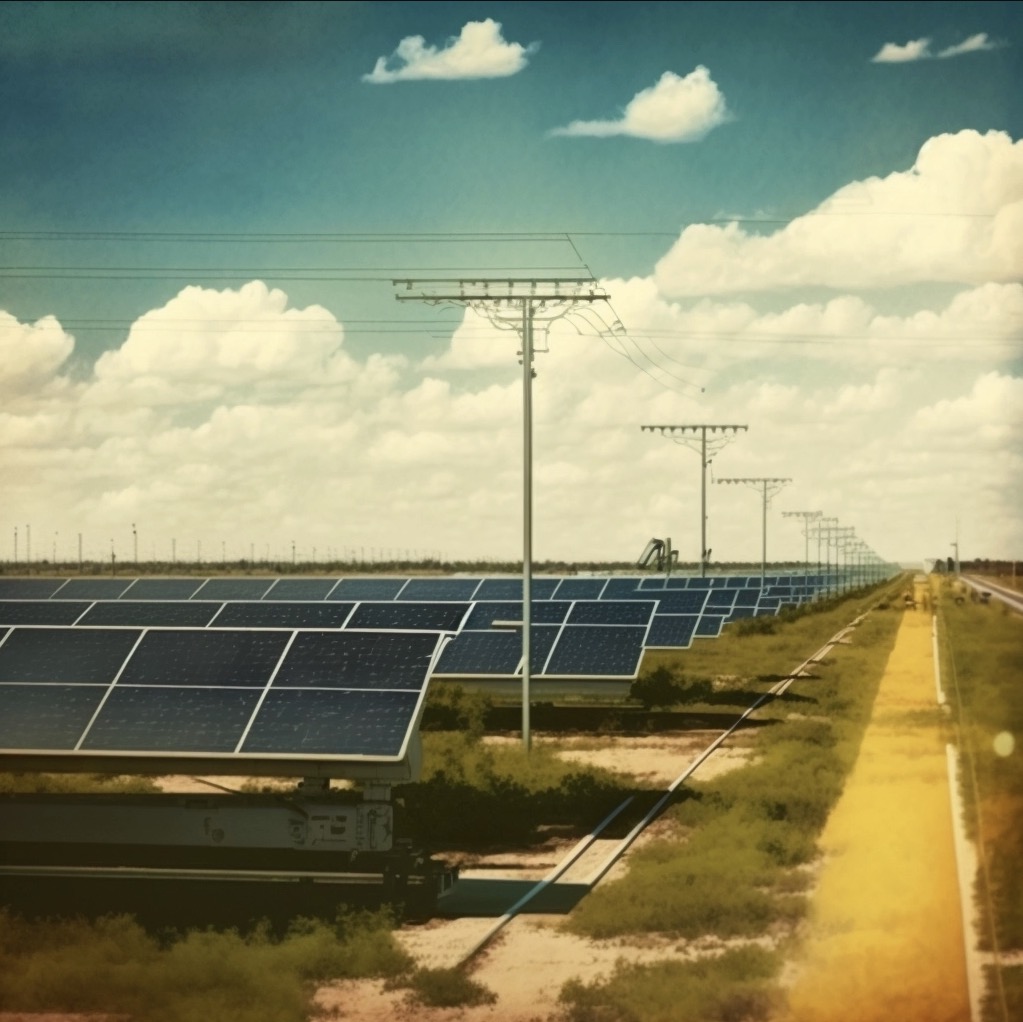
Renewable Development Blockers

Renewable Development Blockers



Cofounder Charles Bai is a Forbes 30 Under 30!

Cofounder Charles Bai is a Forbes 30 Under 30!


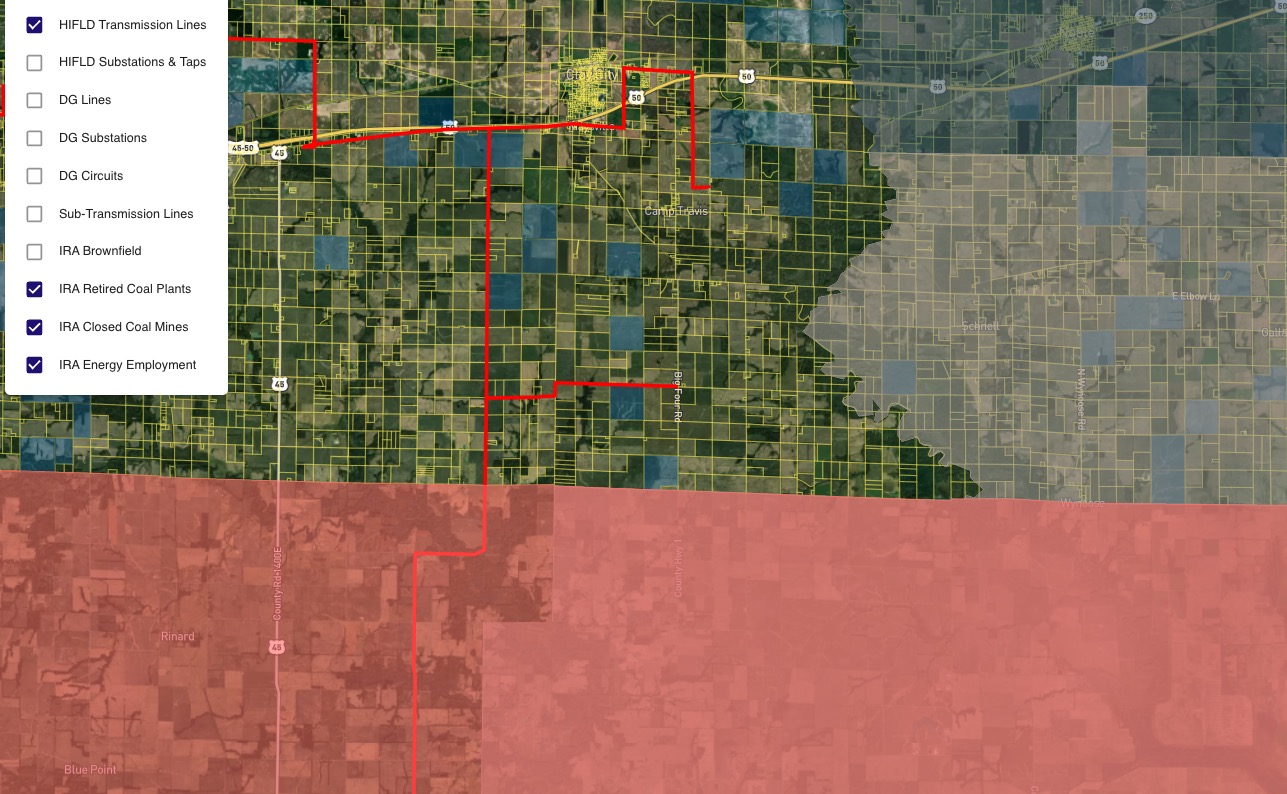
Inflation Reduction Act: Energy Community

Inflation Reduction Act: Energy Community



Paces Featured on Founder to Founder!

Paces Featured on Founder to Founder!



Paces @ TechCrunch Climate 2022

Paces @ TechCrunch Climate 2022



Paces Joins Y Combinator Summer Batch 2022

Paces Joins Y Combinator Summer Batch 2022



Paces Featured in Forbes!

Paces Featured in Forbes!



Paces Launch Podcast

Paces Launch Podcast



Green Infrastructure Data Platform Paces raises $1.9M Pre-Seed led by Resolute Ventures

Green Infrastructure Data Platform Paces raises $1.9M Pre-Seed led by Resolute Ventures


Sign up for emails
Find the right sites faster, assess feasibility with world class data, and track progress across your entire project pipeline with software built to compress your workflow.

